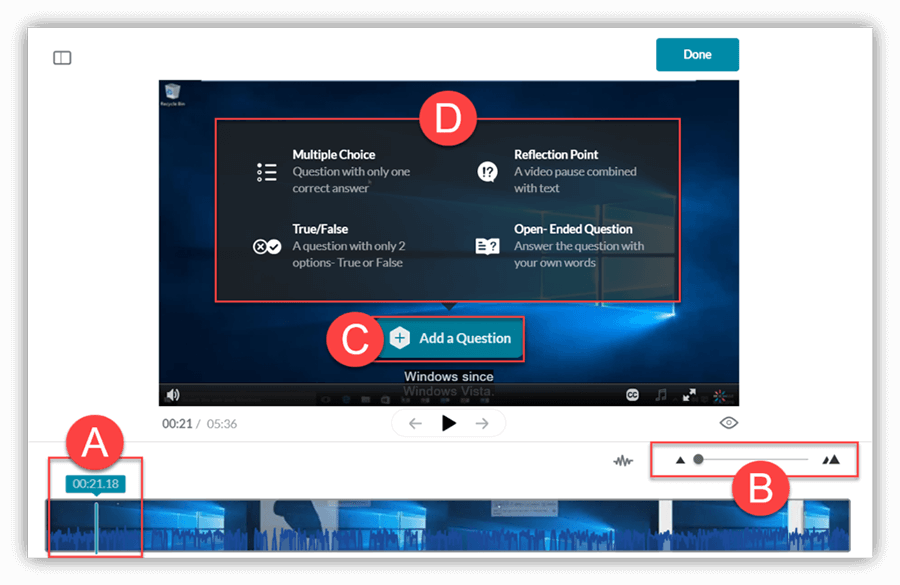
If your event is successful, you probably won’t want to stop after just one. This allows you to move ahead without having to figure out ahead of time if your events will become larger or smaller or change down the road. If you think you’re going to do more than one event over time, choosing a streaming provider who can support your event regardless of its scale is essential. You’ll also need to select a streaming provider who will receive the stream of your event (whether you’re broadcasting from your desktop or a conference center) and distribute it to your audience no matter their location or device type.

You’ll also need to consider your audience size, the nature of your event, and your budget. To get started with live event streaming, it’s important that you understand the difference between live event streaming and live video communication. Getting Started with Live Event Streaming From large corporate activities like conferences, town halls, and CEO addresses to lectures, classes, and performances live event streaming is possible for any audience size and any budget. There is no real limit to the types of events you can livestream. Studies have also found that viewers vastly prefer live video streaming to video on demand, so making your events available as they happen and not just after the fact is key. Additionally, livestreaming options reduce the necessity of travel, which offers an environmental benefit. This can broaden your audience and help your organization be more equitable in terms of access to information. Live event streaming allows those who can’t attend an event in person due to scheduling, cost, or distance to participate anyway. This is because live event streaming has significant benefits beyond social distancing. Rather, livestreaming is likely to retain a central role in how we gather and communicate, even after we can resume large in person gatherings. This expectation of live event streaming availability isn’t expected to go away as the vaccine roles out. With in-person events – from classes to meetings to conferences and beyond – being largely impossible for the bulk of 2020 and now into 2022, live event streaming has shifted from a nice-to-have to completely essential. But while livestreaming has long been seen as a beneficial event feature, it’s the COVID-19 pandemic that has made it front and center.


Live event streaming has also flourished in response to organizations that are often widely – and even globally – distributed. Event livestreaming has become increasingly popular in recent years for reasons of convenience and accessibility.


 0 kommentar(er)
0 kommentar(er)
